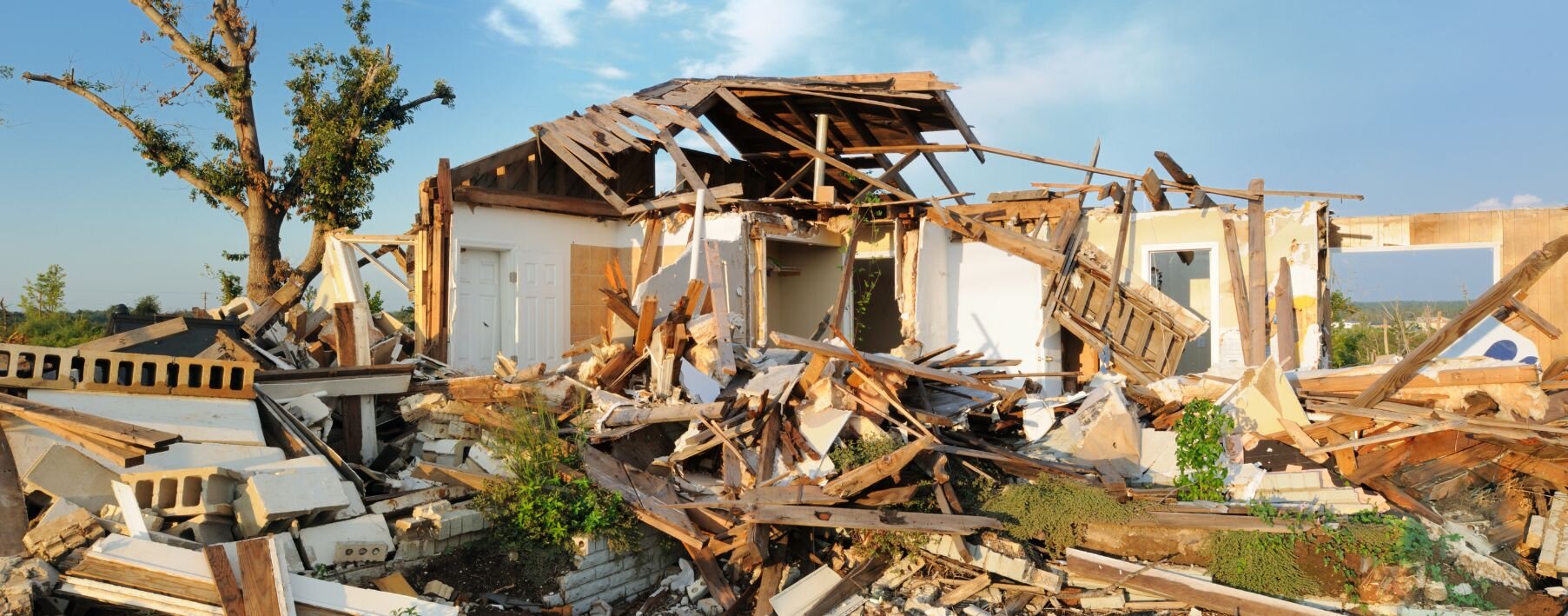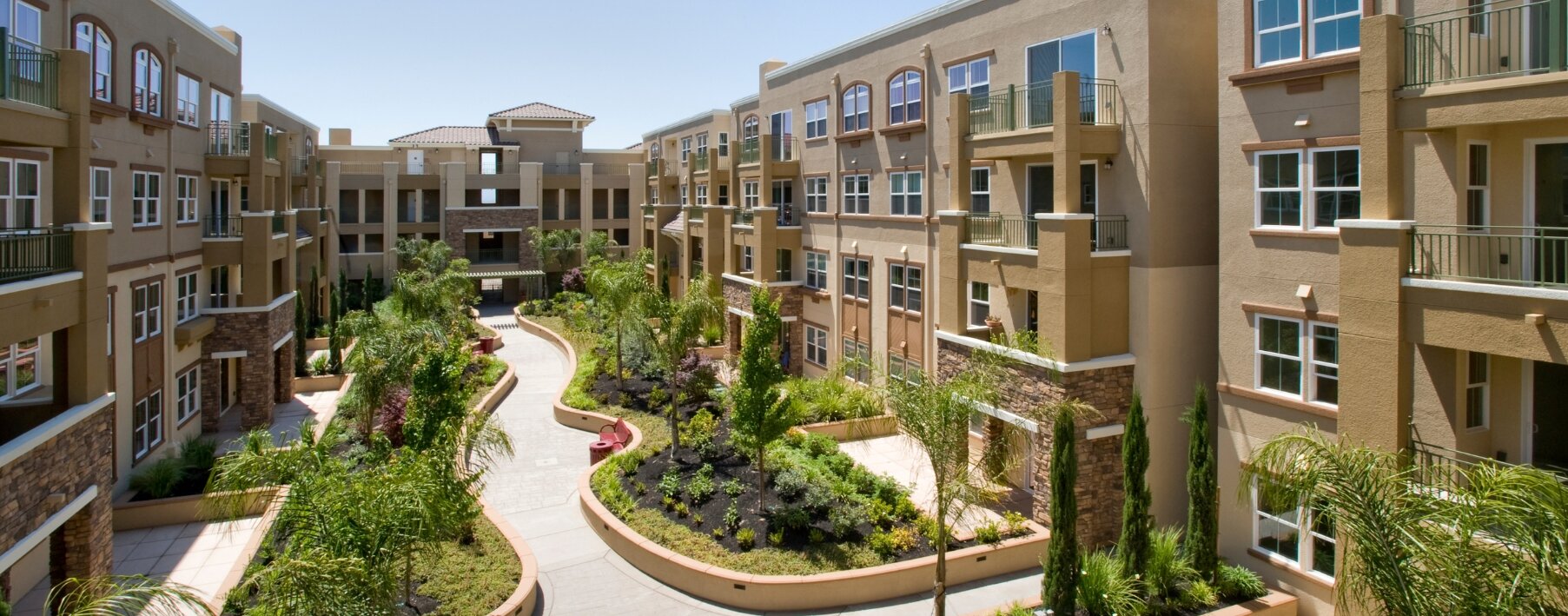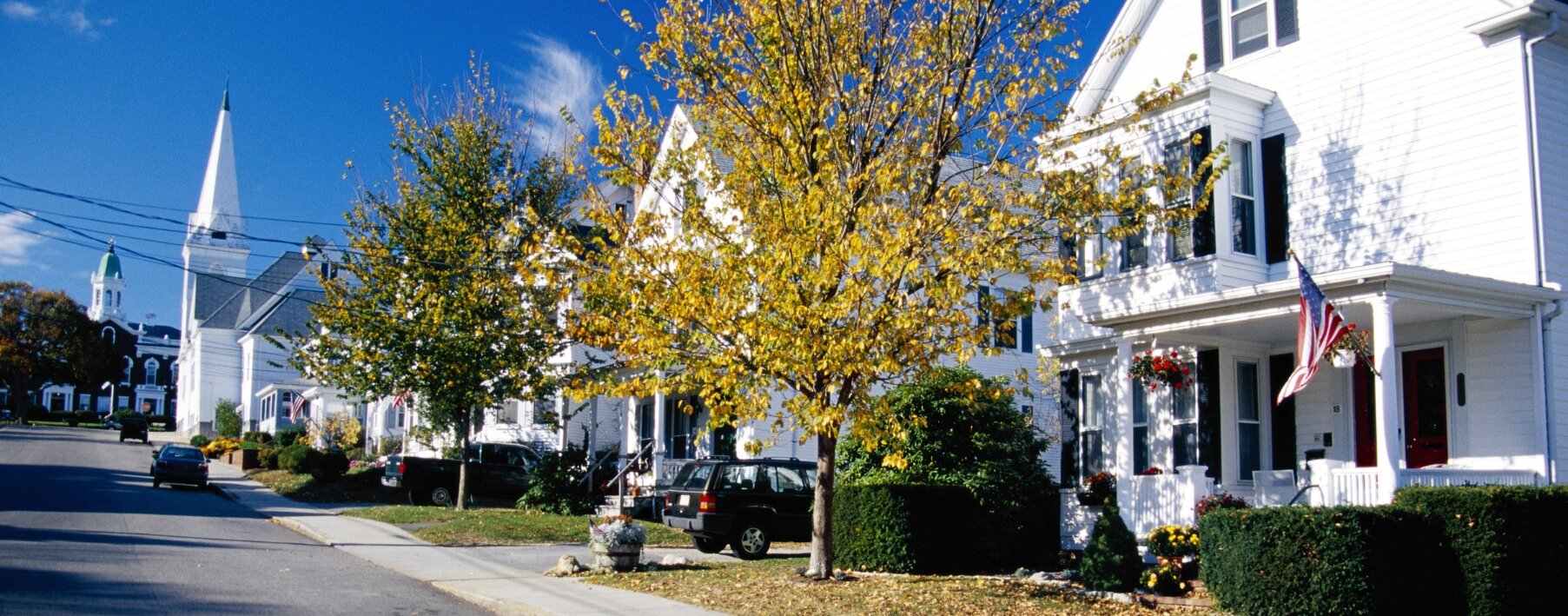Loss of Use Coverage Explained [Navigating Insurance]

Has your house become uninhabitable due to a natural disaster like a windstorm, fire, or flooding? Are you worried about how you will financially manage the damage control?
Don't worry. There are certain homeowners' policies that will help you financially cover some of the damage. Once such policy is a Loss of Use coverage, that will reimburse the damages' costs and cover expenses for your temporary living conditions.
Key takeaways
- Loss of Use coverage is a component of your homeowner's insurance policy that offers financial support if your home becomes uninhabitable.
- While Loss of Use coverage alleviates additional living expenses, it does not cover costs you were already responsible for before the incident.
- Loss of Use coverage helps cover the costs of living elsewhere while your home is being repaired after a disaster.
- Also known as Additional Living Expenses (ALE) or Coverage D, this is a standard part of most homeowners' and renters' policies.
- Loss of Use coverage can cover living expenses such as hotel stays, home rentals, and meals.
What is Loss of Use coverage in home insurance?
Loss of Use coverage, also known as Additional Living Expenses (ALE) coverage or coverage D, is a form of financial assistance for homeowners. It assists with expenses incurred if your property becomes uninhabitable. In the event of damage to your house due to a natural disaster like a hurricane or wildfire, Loss of Use coverage helps cover costs for temporary accommodation, food, transportation, and clothing while your property is being repaired.
In addition to natural catastrophes, other potential threats that could render your house uninhabitable include water backups, mold growth, or general water damage. With Loss of Use coverage, you can rest assured that your family will be able to continue living comfortably and have all their needs met during this challenging time. This coverage D homeowners policy is inclusive of the homeowners insurance and renters insurance policies.
Prohibited use
If your house becomes inaccessible, Loss of Use insurance can help with living costs beyond only inhabitable dwellings. For you to use this house insurance coverage, your home does not have to be impacted directly; if your surrounding homes are affected, you can apply for Loss of Use insurance coverage.
Make sure to take photographs as evidence and a copy of the police record detailing the occurrence. This will help verify that your house cannot function properly due to surrounding damage. However, use coverage does not apply to evacuation orders issued in anticipation of any storms.
Fair rental value
Coverage for Loss of Use under standard homeowner's insurance won't apply if you rent out your house. Fair rental value coverage, often included in landlord insurance policies, allows you to recover rental money that you would have received had your property not been inaccessible or uninhabitable.
Fair rental value coverage is particularly beneficial for landlords who rely on rental income to cover mortgage payments or other expenses.
What does Loss of Use insurance (Coverage D) cover?
You can protect your family from financial hardship if a covered risk renders your house uninhabitable by purchasing loss-of-use home insurance, sometimes called Additional Living Expenses (ALE) coverage. Even if you are forced to relocate, this Loss of Use claim will keep your living level steady. If your weekly grocery bill ends up being $350 instead of $200, your homeowners insurance’ Loss of Use can help compensate for the $150 shortfall.
Additional expenses
Here are some of the additional expenses that an ALE covers:
- Temporary Housing: If your house is being repaired, you must pay for a hotel room or temporarily rent a place to stay.
- Groceries and Food: Eating out and other food-related expenditures have increased since no cooking facilities exist.
- Transportation: If your vehicle is totaled, you'll have to shell out more cash for mobility-related charges like gas, public transportation, or a rental car.
- Utilities: Extra charges for gas, water, and electricity used in your temporary home.
- Communication Expenses: This includes higher phone and internet bills due to relocation.
- Personal Belongings: Expenses related to clothing needs and storage expenditures incurred while your property is undergoing repairs.
- Pet Boarding Fees: Money needed to keep pets when you can't keep them in your temporary home.
- Miscellaneous Expenses: Extra charges for things like parking and laundry services.
Always check with your policy provider for the exact coverage details. Most providers limit the Loss of Use coverage to 20% of their dwelling coverage. You can find this list on the declaration page. If you have a large family or high living expenses, you might consider increasing this coverage for an additional fee.
Loss of Use deductibles
Prior to your coverage D homeowners policy taking effect, you will be responsible for paying a percentage of the claim known as the Loss of Use deductible. The amount you are personally responsible for paying in the case of a Loss of Use claim is directly impacted by your deductible. Your insurance policy will usually specify a specific sum as your deductible. You can talk to your insurance agent or review your policy documents if you want to know how your deductible affects your Loss of Use coverage. In the event of an unforeseen relocation, this may help you prepare financially and get the coverage you need.
What isn’t covered by Loss of Use coverage?
With the Loss of Use homeowners insurance, most insurance companies will pay for your interim housing fees. Nevertheless, there are restrictions on this coverage. Your house must be harmed by a covered risk for this to apply.
You won't get your money back for things you had to pay for before the disaster hit. Loss of Use insurance is meant to cover extra costs caused by relocation. In most cases, the following are not addressed:
- Mortgage Payments: You still need to make mortgage payments even though you are moving temporarily.
- Rent: Even if you no longer reside in the property, you must still pay the rent.
- Monthly Automobile Loan Installments: You are still responsible for making your automobile loan installments.
- Premiums For Current Insurance Policies: This does not extend to your health, vehicle, or life insurance.
- HOA Payments: You must still pay the regular homeowners association (HOA) fees. You must buy the HOA insurance separately.
- Utility Bills: The insurance will not pay for the utilities in your uninhabitable house, but they may cover the ones at your temporary residence.
A thorough financial strategy and awareness of these exclusions can help you better prepare for the unexpected. Make sure you know exactly what your insurance covers by reading your policy word for word and consulting with your agent about any questions you may have about the policy's terms.
Filing a Loss of Use claim
If you want assistance with your Loss of Use home insurance, the following measures may be taken to speed up the claims process.
Keep Essential Receipts: Save the receipts for all necessary charges, including rent, hotel bills, and relocation fees. You could get some money back for pet boarding, restaurant meals, and other miscellaneous charges. These receipts can help expedite the process.
Consult Your Property Insurance Provider: Getting the details from your insurance provider before submitting a claim is a good idea. Determine how long it usually takes for funds to be processed, approved, and recovered.
Start the Claims Process: You may have the choice to initiate the claim process online, in person, or via phone, depending on the policies of your insurance. An online gateway is often available from insurance providers where you may safely submit the necessary paperwork.
Attach the Supporting Documentation: Use the platform provided by your insurer to attach any relevant supporting documents, including images and receipts.
Make a Checklist: Create a checklist to record and keep track of everything needed for the claims procedure. This will ensure that you won't miss anything out.
How much Loss of Use coverage do I need?
There are a number of considerations when calculating the right amount of Loss of Use coverage for home insurance. Check out this checklist to see what kind of coverage you could require. You can get all the information you need by visiting our Homeowners Insurance website.
- Take Stock of Your Monthly Outlays: To begin, tally up your present outlays for housing, utilities, food, and transportation. If you find yourself in a temporary housing situation, this baseline will give you a good idea of what you may spend.
- Think About Your Family Size: Larger families often have greater extra living costs. All family members' requirements, such as housing and food, must be considered.
- Think About Your Daily Routine: Consider any excessive living expenses or necessities, like pet boarding, special dietary needs, or how close you need to be to work or school.
- Review Policy Limits: Most insurance plans limit Loss of Use coverage to a percentage of your dwelling coverage, usually about 20%. Ensure you know these limitations and are prepared to raise them if needed.
- Talk to Your Insurance Agent: Discuss your circumstances with your insurance agent to get personalized advice on the right amount of coverage for your requirements.
Loss of Use coverage limits
To better understand the average limitations for homeowners insurance according to dwelling coverage levels, we have provided the following table:
Dwelling Coverage Amount | Typical Loss of Use Coverage (20%) | Extended Loss of Use Coverage (30%) |
|---|---|---|
$100,000 | $20,000 | $30,000 |
$200,000 | $40,000 | $60,000 |
$300,000 | $60,000 | $90,000 |
$400,000 | $80,000 | $120,000 |
$500,000 | $100,000 | $150,000 |
Still have questions?
Do you still have some additional questions? Here are some frequently asked questions.
What are Coverages A and B?
Coverage A refers to the portion of a homeowners insurance policy that covers the structure of the home itself. This includes the physical building and any attached structures, such as a garage or deck.
Coverage B covers other structures on the property that are not attached to the main dwelling. This can include detached garages, sheds, fences, and other outbuildings.
What is included under Coverage F?
Coverage F, also known as Medical Payments to Others, covers medical expenses for guests who are injured on your property, regardless of who is at fault. It can also apply to injuries caused by you, a family member, or a pet away from your home.
What are the four major categories of coverage in homeowners insurance?
The four major categories of coverage in a homeowners insurance policy are:
- Coverage A: Dwelling Protection
- Coverage B: Other Structures Protection
- Coverage C: Personal Property Protection
- Coverage D: Loss of Use Protection
Does Loss of Use coverage include rental income?
Yes, Loss of Use coverage can include rental income. If you rent out part of your home and it becomes uninhabitable due to a covered peril, Loss of Use coverage may compensate you for the lost rental income during the period of repairs.
How does Loss of Use insurance function?
Loss of Use insurance provides financial assistance for additional living expenses incurred when your home is uninhabitable due to a covered disaster. This includes costs for temporary housing, meals, and other essential expenses. The coverage activates after a covered peril, typically lasting until your home is repaired or you find a permanent residence. The amount and duration of coverage depend on the specifics of your policy.



